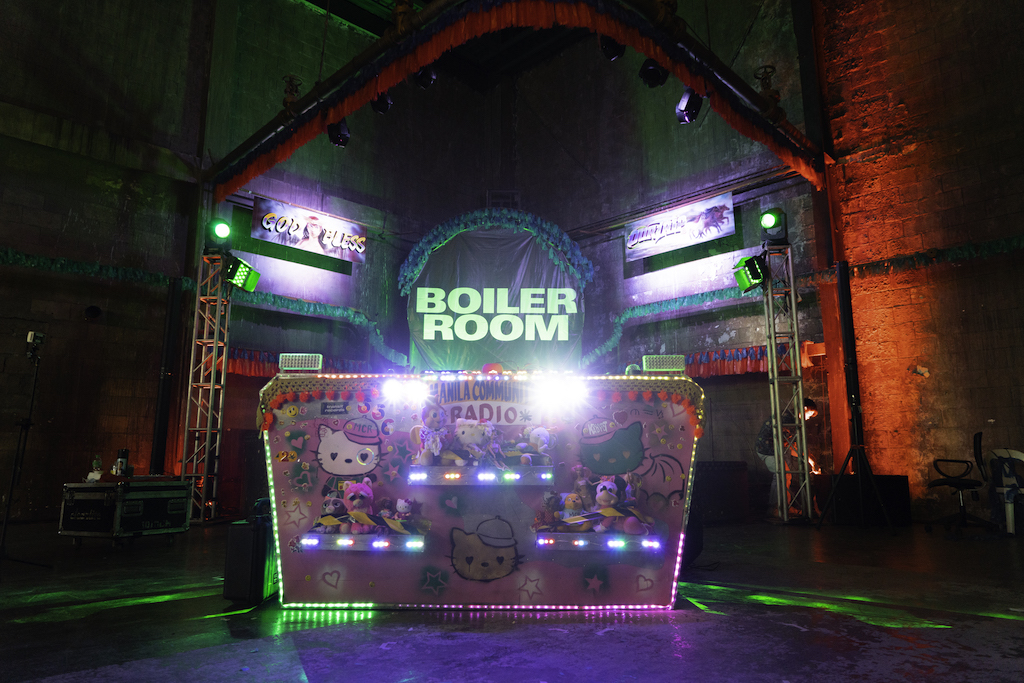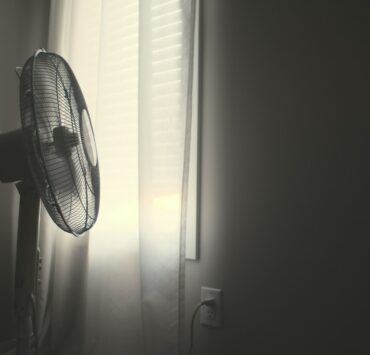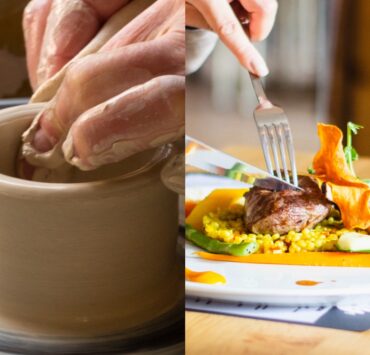Everyone is talking about that Budots rave over the Labor Day long weekend. Independent radio platform Manila Community Radio (MCR) pulled it off through a grant they won from independent music platform Boiler Room’s Broadcast Lab. The company is known for organizing buzzy DJ parties all over the world, filming these sets, and broadcasting them online to millions of subscribers.
Noticing how largely catered to Western music sensibilities Manila’s club culture is, pushed MCR to vie for the grant, its communications partner and archivist Sai Versailles remembers the organization’s early discussion.
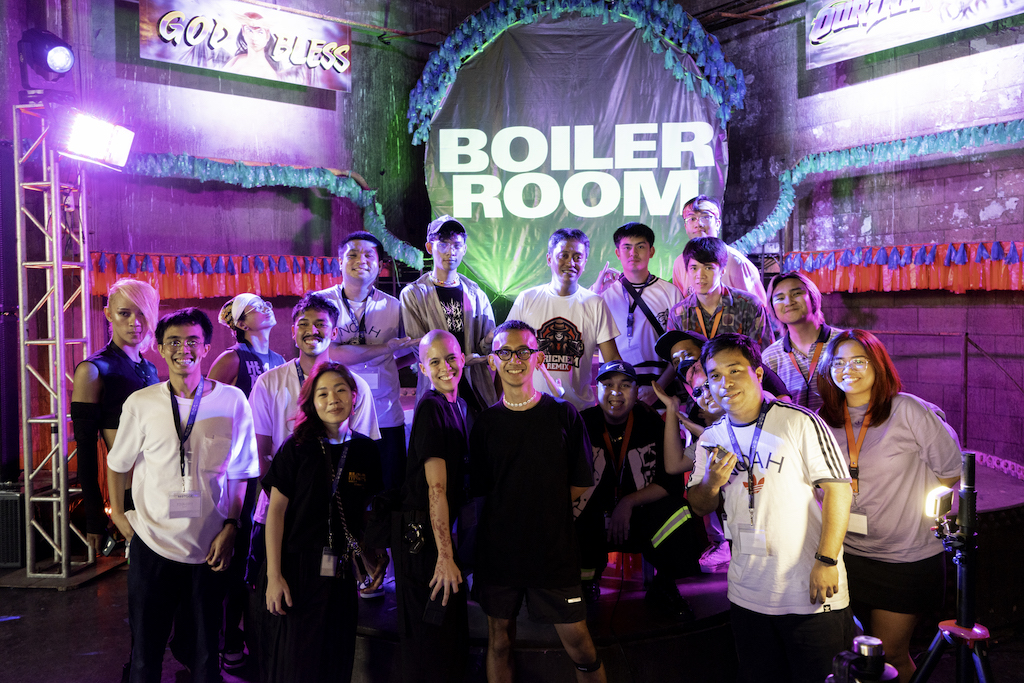
“There was a growing interest among musicians and audiences to connect with local grassroots genres. We eventually thought that spotlighting Budots made the most sense, being an extension of the engagement that many of our members have made in their own individual practices for the past few years,” she says. It took them only three days to put together a proposal out of sheer excitement at the idea.
MCR’s Broadcast Lab grant included £9,000 to realize the project along with in-kind support and a full release on Boiler Room’s channels scheduled for broadcast on May 25 and May 26. The Manila-based online platform is the grantee for the sixth round of the initiative.
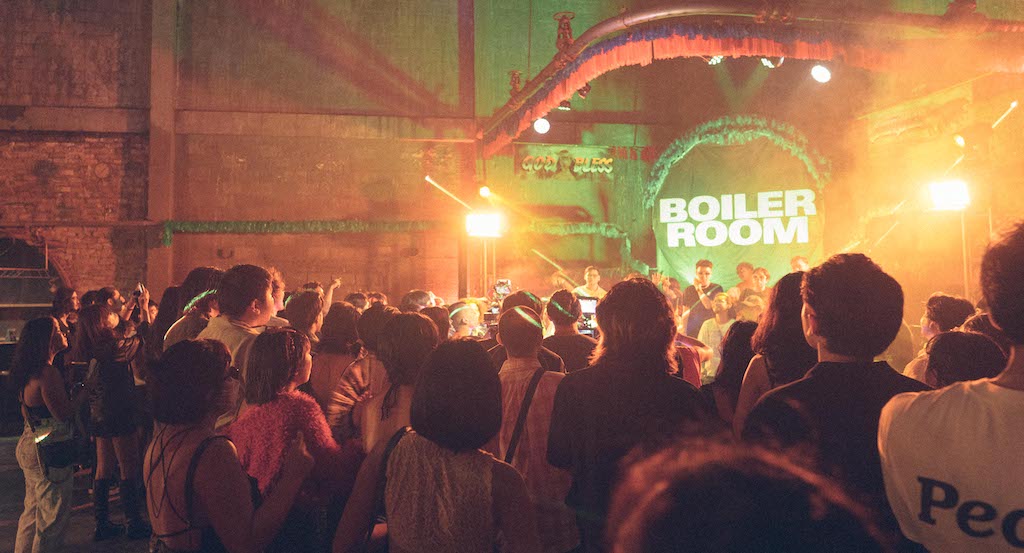
Set in a defunct steampunk-themed restaurant in Marikina, the showcase was headlined by Budots pioneer Sherwin Calumpang Tuna, also known as DJ Love. He was joined by Cebu-based DJ and music producer Libya Montes; transpinay artist-activist and DJ Teya Logos; DJ and music producer DJ MharkTzyOnTheBeatTV; Filipino electronic music producers and neo-boy band Kindred members obese.dogma777 and Pikunin; Kapampangan-Japanese transdisciplinary artist and DJ Hideki Ito; and multidisciplinary artist, activist, DJ, producer, singer, and composer Alyana Cabral, also known as T33G33.
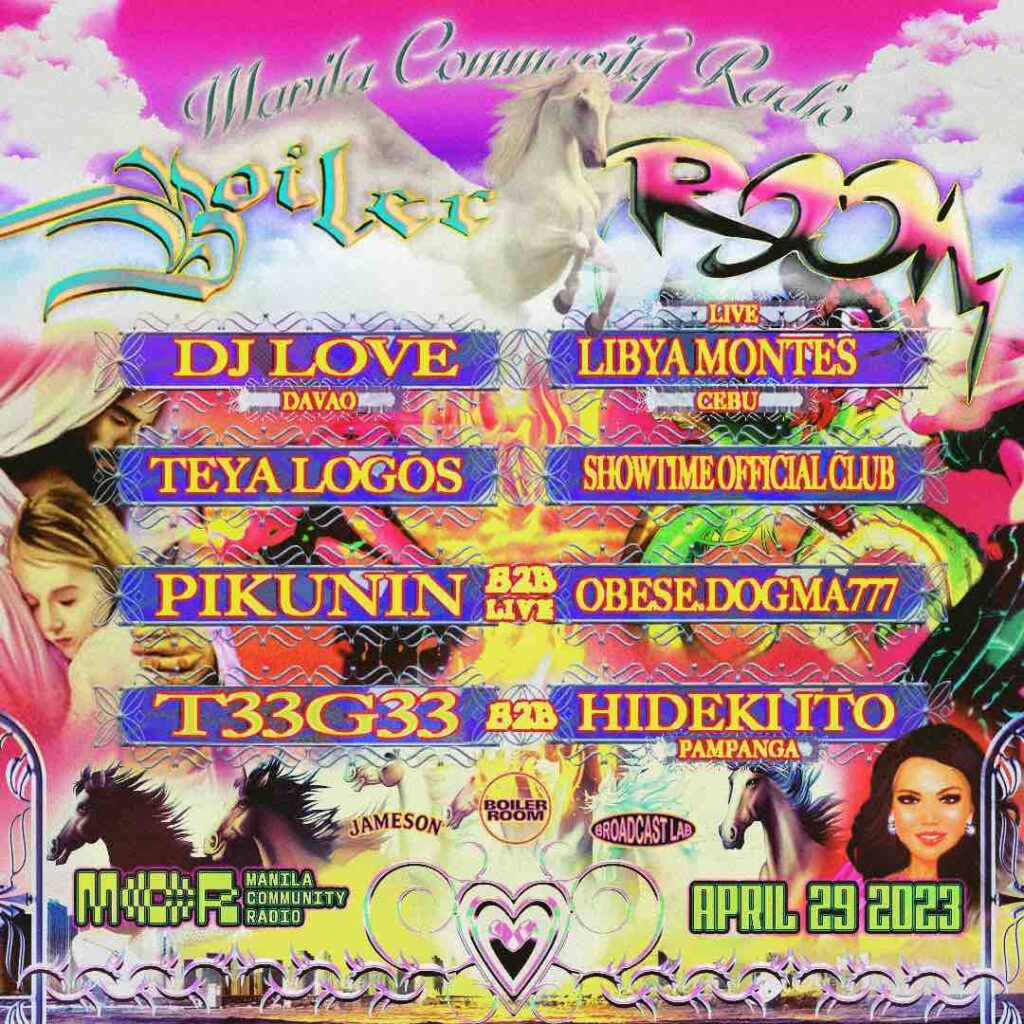
DJ Love is largely credited for the creation of this distinctive sound characterized by a mix of fat bass, blippy synthesizers, air horns, looped voice samples, and atmospheric city sounds. While Budots is thought to have originated in Davao City (specifically on J. Camus Ext., Brgy. 9-A, where DJ Love is from) in 2008, varieties of it can also be heard all over the country.
Other than being a viral dance craze featuring Camusboyz, a dance group that DJ Love founded in 2004 (and eventually the Camus Girls), Budots has permeated Filipino culture in many ways. It was used by then-Davao City Mayor Rodrigo Duterte during his 2016 presidential campaign. There’s even a Cinemalaya short documentary in 2019 tracing its origins.
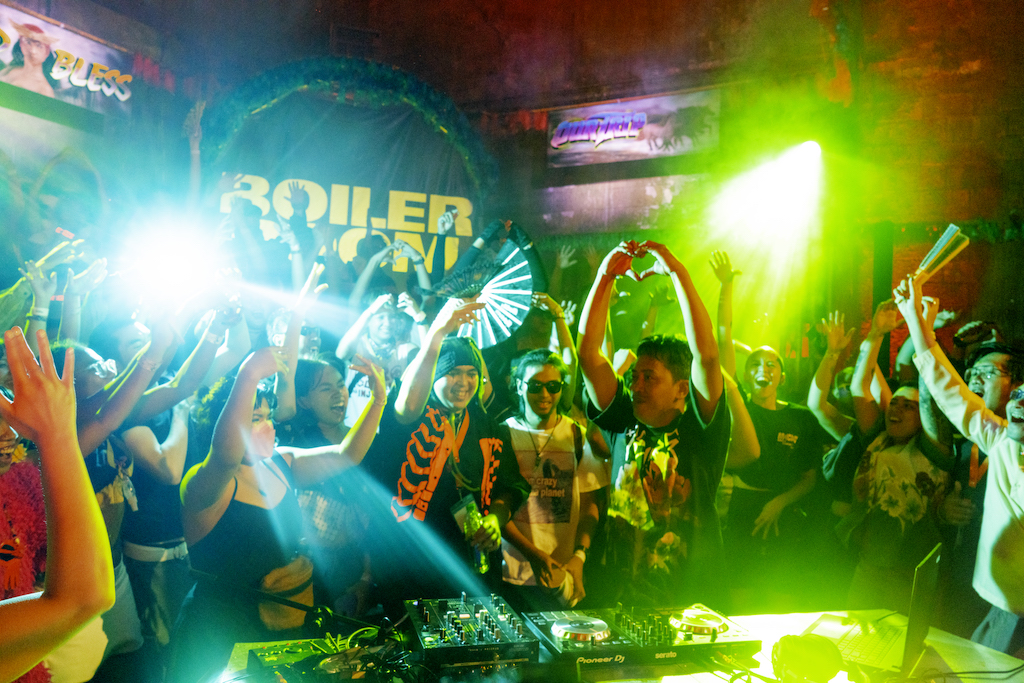
Yet for most Filipinos, Budots is a lived experience. In regional settings, for example, the sound scores quotidian activities in public spaces: from commuting in tricycles, pedicabs, and jeepneys to celebrating in barangay dances in basketball courts—short of quoting Whitney Houston’s “Children were singing the song at graduations, at weddings, at funerals” monologue.
MCR wanted a space for the showcase that made sense in that context. “Initially, we wanted somewhere open like a barangay basketball court or a park [because] it didn’t make sense to have it in a ‘high-end club’ or somewhere ‘sosyal,’” Javier Pimentel of MCR’s Programming Team recalls. These settings proved to be logistically impossible though. In the end, he says, “Holding it in a space coincidentally called boiler felt like it was in a ‘warehouse rave’ and it truly felt communal, intimate, and natural.”
The entire stage lighting design was meant to be tacky—in a positive context! Karlo [Vicente] and I love tacky aesthetics, probably influenced by Pinoy maximalism as well.
Paul Jatayna
It would be disingenuous though to deny the fact that Budots also blares in Metro Manila cities, a recollection that occurred to me as I free-wheel danced to DJ MharkTzyOnTheBeatTV of Showtime Official Club’s set. His nightcore, jersey club, EDM, breakcore, funk, and moombahton-heavy mixes mashed songs like the 2004 hit by Dice and k9, “Itsumo,” and gamer girlfriend anthem “DOTA o Ako”—tunes I remember hearing alongside Budots remixes on jeepney rides traversing Marcos Highway back in college.
It was also then, losing myself to a Mariah Carey sample, that I was confronted by the decorations on the DJ booth. The spray-painted Hello Kitty art, crocheted neon curtain, signboards, custom decals, and stuffed toys are heavily inspired by the jeepney, a fitting ode to the vessel that spread the gospel of Budots all around the Philippines.
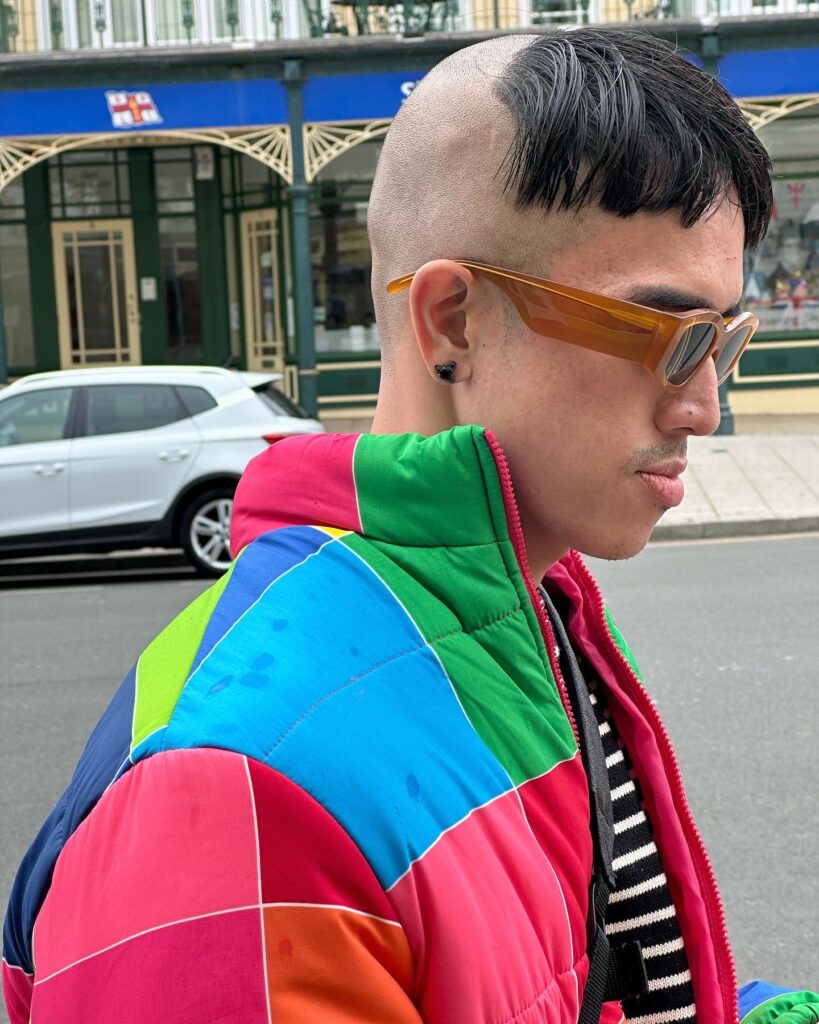
In this interview, I spoke to Paul Jatayna, The Elephant Party co-organizer and the production designer behind MCR’s Boiler Room Budots showcase—all the way from Liverpool, England, where he was part of a panel on Gender Balance and Inclusivity at the Sound City Conference. He talked about translating the jeepney aesthetic to a rave setting, his Pinoy techno awakening, which jeep routes go hardest on Filipino maximalism, and the afterlife of these Budots relics.
Hi Paul! Congratulations on a successful event. What’s your relationship to/experience of Budots and Pinoy techno prior to this?
Growing up in General Mariano Alvarez, Cavite my grandparents hired a tricycle as my school service and kuya would blast heavy ’90s Europop beats at 6:30 a.m. every day. I also went to multiple basketball court dance parties right across our house. My friends and I would dress up to dance to earlier Pinoy novelty dance tracks.
Fast forward to 2019, I made a sculpture called “Creative Commuting,” a satirical response to [then-Presidential Spokesperson Salvador] Panelo’s comment about the transportation crisis in the Philippines.
I used similar flashing lights found in jeepneys and tricycles, old speakers, car video players, and Budots music with Panelo’s interview to respond to his statement. I used to heavily commute from Quiapo to Quezon City or Quiapo to Pembo [Makati] during that period and took a lot of elements I sensed along the way.
And how did the MCR production design gig come about? Who approached who?
I was fortunately directly approached by MCR. Sean [Bautista] messaged me about the details and I was so excited, of course.
Did you already know where it was going to be when you were conceptualizing the design for the stage and the booth?
MCR found that cool spot in Marikina serendipitously named Boiler. I liked it on our first ocular because of the inlaid steampunk elements like the overhead curved metal tubes on the stage that somehow resonated with our jeepney and tricycle metalwork. The space is also huge and the walls are quite dark. It looked like a great location for a rave.
We did check out two more locations in Marikina before finally deciding. There were also these two ballroom function halls that looked straight out of ’80s Pinoy romance/drama movies. But yeah, Boiler felt more correct in the end.
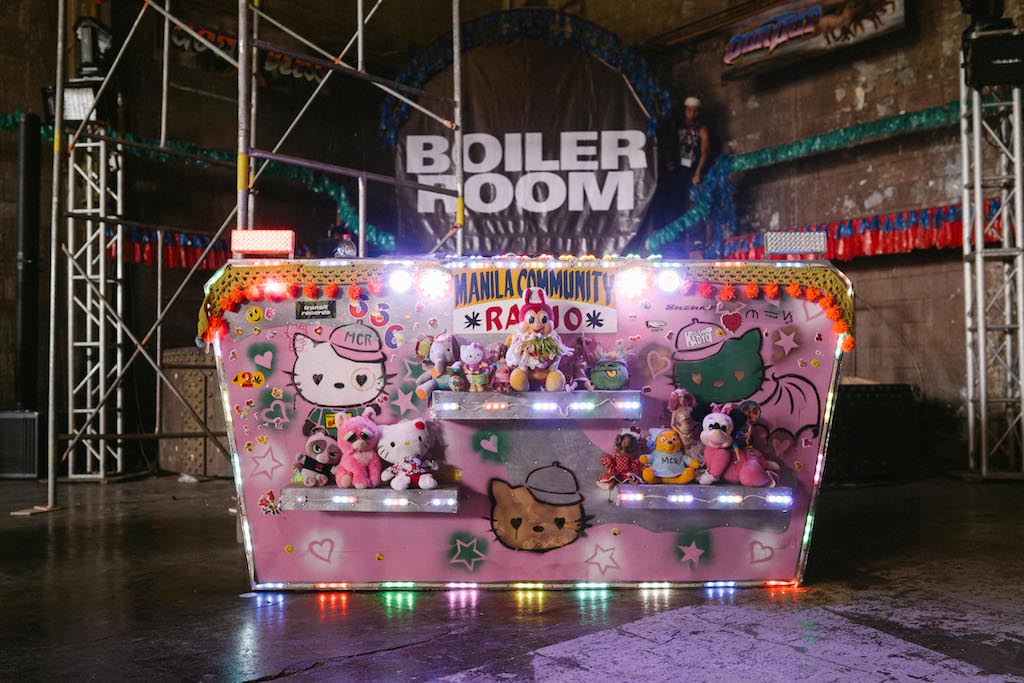
What elements of the setup were non-negotiable for the showcase?
I had to follow specific measurements for the DJ booth. Karlo Vicente, who was the lighting director, also followed Boiler Room’s lighting requirements. The logo definitely had to be behind the DJ. The rest of the creative ideas were left open for me to explore.
Can you walk us through your inspirations for the design?
The main creative gist MCR provided was to showcase Filipino maximalism and festivity. As I recall, jeepney designs were highlighted on the deck, but not limited to it. I also took inspiration from do-it-yourself tricycle paint jobs and the basketball court dancefloor decors from my childhood.
The jeepney mudguards on the stage were genius, by the way. Were those custom-made?
Yes, the mudguards were custom-made. I sourced a legit jeepney painter from Marikina and sent him exactly what I wanted. From the ocular’s onset, I was heavily fixated on using ‘God Bless Our Trip.’ It was the very first idea that popped into my head. The word “trip,” of course, has a double context in rave culture so I thought it had a comedic context to those who get it.


I also wanted Darna with angel wings for ‘God Bless’ because being queer, I wanted to replace the male god figure. Then from the start I already imagined the iconic running horses imagery heavily seen on jeepney designs for ‘Our Trip’ as horses relate to Ketamine, a party drug/horse tranquilizer often used in raves as well.
I was most amazed by the little details like the cheeky decals, the crochet curtain, and the stuffed toys that were so characteristic of Filipino jeepneys. Where did you source them? Or did you make those from scratch?
I rode so many jeepneys in the past and was always fascinated with those crocheted headers often found on top of the front view mirror. My mom actually made that. She was super proud of her work, you have no idea. Honestly, I think my mom’s an undiscovered crochet artist. She made me pillow covers, laptop covers, pouches, and even a crocheted vest that I wore in my interview in Liverpool. I paid for her yarn and labor, of course! We pay all our workers right!
All the stuffed toys were to emulate those cute toys often found on the front seat, my favorite spot when riding the jeepney. I always wonder who curates it and how does the driver feel about it. Did he take those from his children and place them near his view to give him a sense of warmth and hope as he drives every day? Anyway, Bruce Venida, my assistant, had to source all of them as I was already not in Manila anymore. I was proud of him for finding that Jollibee toy. I told him to decorate it with sampaguita necklaces like those on Sto. Niños.
It was also on my notes to make ‘No to Jeepney Phaseout’ posters since the first meeting. I even asked permission if it was okay and I was given a green light, but sadly had no time to execute them anymore as I was rushing to leave for my trip to the UK.
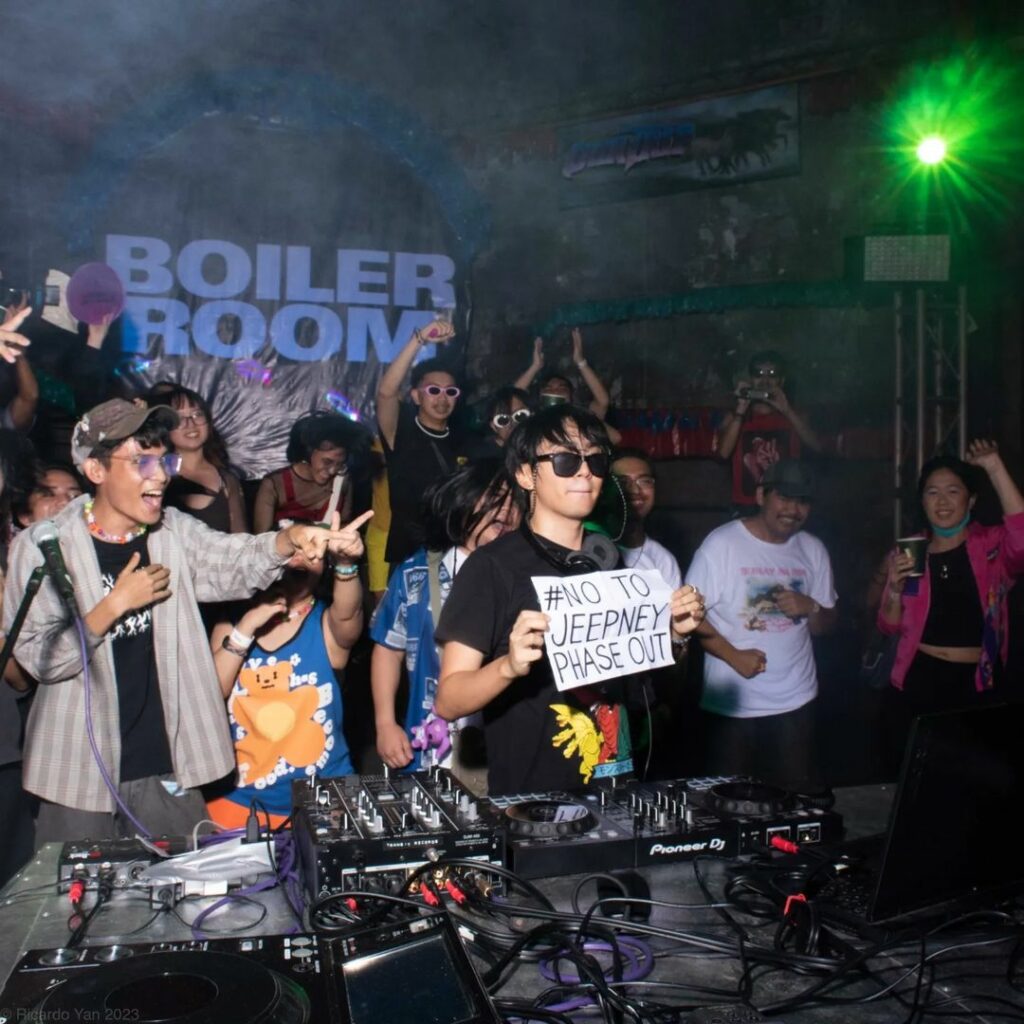
The neon lights are a very visual representation of jeepney culture, too. The pulsating strobes synced with the music. How did that factor into your design concept?
Since the first brief, I was already married to the idea of using many different blinking and neon lights commonly found in jeepneys and tricycles. I asked one driver why he decorated so many lights in his jeepney and he replied, ‘Malakas ang dating!’ which speaks volumes to the cool and shameless Pinoy maximalism.
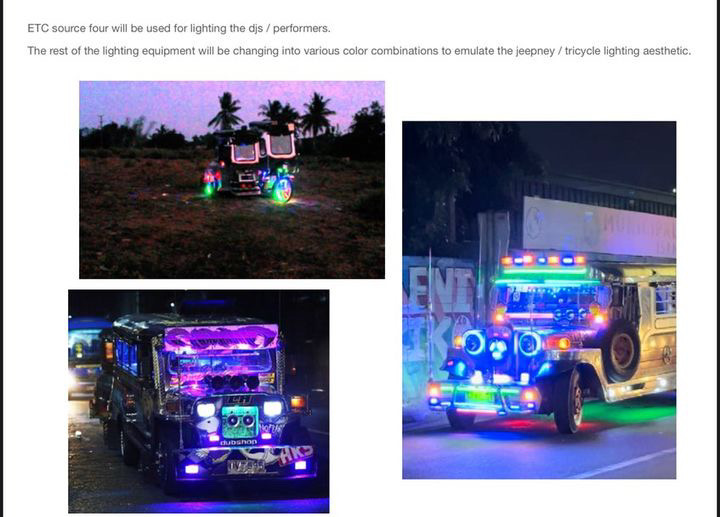
I did use actual vehicle lights in the DJ booth. All of them. An electrician helped me connect them to convenient plugs.
The entire stage lighting design was meant to be tacky—in a positive context! Karlo and I love tacky aesthetics, probably influenced by Pinoy maximalism as well. The lights, with assistance from Bobby (Vicente’s assistant), were programmed to change into all the colors possible. It looked great, right?
Since we’re on the topic of jeeps, I have to ask: Which jeep route in the city has the coolest looks? I’m from the East so I’m partial to Antipolo-Cubao units but I’ve seen from your Instagram post that Guadalupe jeeps go pretty hard, too.
I grew up in various areas in Luzon, actually: Cavite, Puerto Princesa, Taytay, Baguio, and now currently based in Manila but moved many times around the city for cheaper rent (laughs).
Based on design, Baguio has the hardest yet queerest design and color palette in my opinion. Even those I recall in Palawan had cool designs, too. Lighting, on the other hand, probably the ones in Makati and Quiapo. Dasma and Cubao jeepneys though had the loudest speakers, OMG. The best Budots CD mixes that I encountered though come from jeeps plying Isetann Complex in Quiapo and those stalls in Guadalupe that only show up at night.
I asked one driver why he decorated so many lights in his jeepney and he replied, ‘Malakas ang dating!’ which speaks volumes to the cool and shameless Pinoy maximalism.
Paul Jatayna
And lastly, given how now-iconic that night was, what happens to the set? Is there life for them after Budots?
I don’t have a big storage so I’m not sure what to do with the DJ booth yet, but Jaime San Juan tagged me on his stories and termed it a ‘relic.’ I’m probably keeping all those design elements for now. I’m just really glad to be a part of the iconic MCR x Boiler Room Budots showcase.


